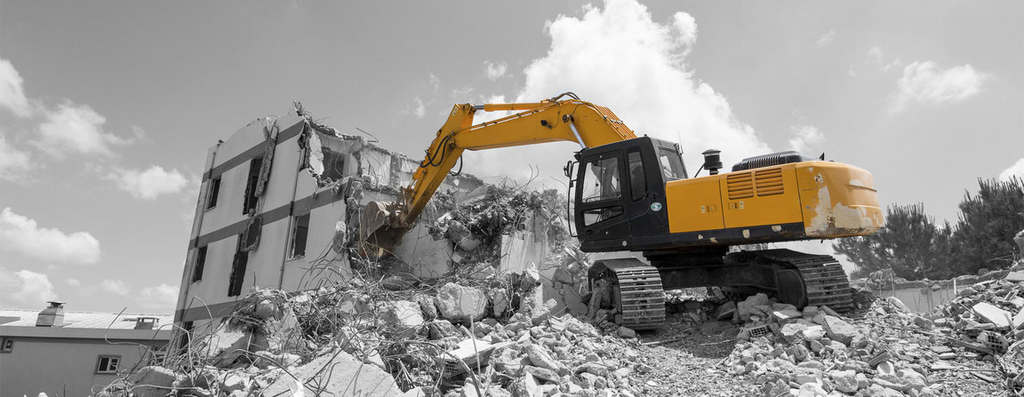Bath resurfacing in Sydney is a process of restoring the shine, colour and lustre to your bathtub. The process includes removing the old surface of the tub and replacing it with a new one.
The resurfacing process can be done in two ways: chemical or abrasive. Chemical resurfacing involves applying a chemical solution on the surface of the tub which will then break down and dissolve away any stains or discoloration that are present on it. This method is better for those who have acrylic bathtubs because they cannot withstand abrasive methods.
Abrasive resurfacing involves sanding down the surface of your bathtub until it is smooth again and then applying a new coat of sealant to protect it from future damage. Abrasive resurfacing is a more affordable option than replacing the surface of your bathtub. The grit in the sanding action of an abrasive resurfacing will decrease over time, so you may have to re-sand down the surface periodically to maintain it.
Table of Contents
What Types of Resurface Methods are Available?
There are three types of resurfacing materials: asphalt, concrete, and brick.
- Asphalt: Asphalt is a black or dark brown material that is made of tar and coal. It is used to pave roads and parking lots.
- Concrete: Concrete is a gray material that has cement as its main ingredient. It is used in the construction industry for sidewalks, driveways, buildings, and bridges.
- Brick: Brick is a red or brown material that has clay as its main ingredient. It is used for exterior wall surfaces of buildings to provide insulation from heat and cold weather conditions.
What Costs Are Involved in Bath Resurfacing?
The cost of remodelling a bathroom depends on a variety of factors. The size, design, and location of the bathroom are all considerations.
Bathroom renovation costs can vary depending on the size and design of the bathroom. A small bathroom may cost around $3,000 while a larger one could range from $5,000 to $10,000. Bathrooms with a more elaborate design may cost as much as $25,000 or more.
The location in which you live also affects how much it will cost to renovate your bathtub. Areas that are expensive will have higher costs than less expensive areas.
How Durable Are the Results of a Bath Resurfacing?
Bath resurfacing is the process of replacing a worn bath surface with a new and durable one. This can be done using many different techniques and materials.
Bath resurfacing has been around for decades and it is still one of the most popular ways to rejuvenate your bathtub without having to replace it.
The main advantage of this process is that it does not require any major work, as it only involves removing the old surface and applying a new one. Another advantage of bath resurfacing is that any health problems that are caused by the bath’s previous finish, such as mildew or rust, can be removed as well.
The disadvantages are that it does not always provide the desired results, as sometimes the new layer does not adhere properly to the old layer, which can lead to peeling or flaking off. One more disadvantage of this process is that it can be expensive and needs a professional, as the old surface needs to be removed with a solvent.
When Is Bathtub Resurfacing Worth It?
The process of resurfacing a bath is quite expensive, but there are some cases when it’s worth the investment.
No matter what type of material your bathtub is made of, resurfacing will make it look brand new. It also offers protection from stains and other damage. Bathtubs made of porcelain or fibreglass can’t be repaired with just a resurfacing job, but those made of cast iron can be restored to their original condition by just resurfacing them.
Conclusion:
The conclusion is that bath resurfacing in Sydney is one of the best ways to make your bathtub look new.




